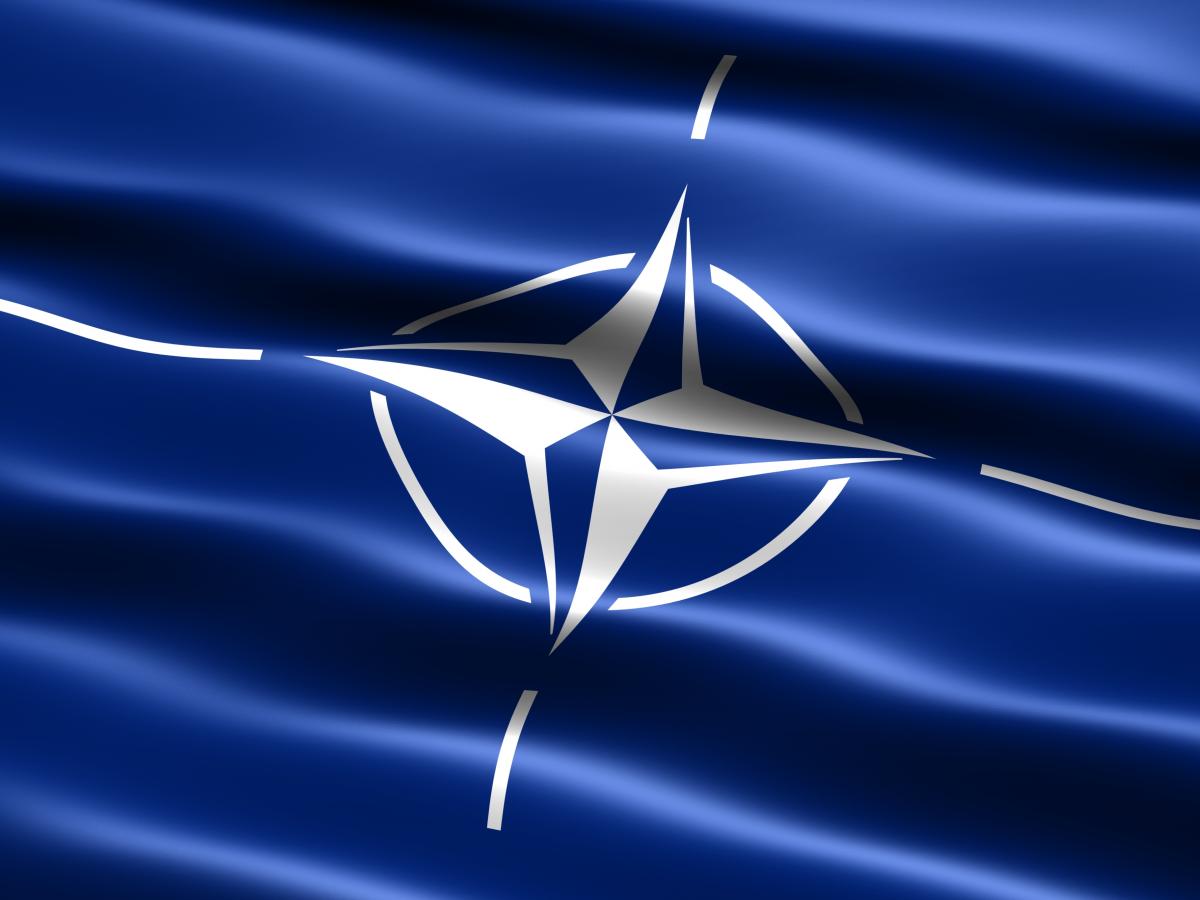
Views: 945
Needless to say, the important and portentous story of the attempted subversion of the Orthodox Church using the intelligence and political instruments still at the disposal of the moribund post-Christian West has gone virtually unreported, uncommented, and uncondemned. It concerns the multi-front offensive currently being unleashed against the most ancient and authentic Christian communion, the Orthodox Church.
The epicenter of this externally induced commotion is at this moment in Montenegro, NATO’s latest “catch” in its persistent effort to secure or at least neutralize the Balkan rear, with a view to the projected conflict with Russia. One of the major remaining targets in Montenegro is the country’s Metropolitanate of the Serbian Orthodox Church, the institution which according to the latest survey is the most trusted by the country’s population. The Orthodox Church, which saw Montenegro through its centuries of confrontation with the Ottoman Empire, is literally the repository of Montenegro’s identity and culture. Russia’s traditional ally Montenegro – just like the Ukraine, which finds itself similarly targeted – cannot be reconfigured and turned into a compliant instrument of the impending Western crusade unless its identity shaped by the Church is first suitably redesigned.
The issue which brought the crisis into the open and moved it to the verge of physical confrontation was the unprecedented law, allegedly to secure “freedom for religious confessions,” which the regime rammed through the rubber-stamp parliament on December 27, 2019, complete with the almost routine arrest of about twenty opposition parliamentarians who objected vociferously to its Orwellian provisions. The core of this legislation is the requirement that all religious property dating back to before 1918 (when Montenegro joined what later became Yugoslavia) would be taken over by the state, which then, from the goodness of its heart, might allow the dispossessed religious community to use it for the performance of its rites. Given Montenegro’s ethnic, historical, and religious landscape, although not explicitly so stated, the new law’s brunt will be borne exclusively by the local Metropolitanate of the Serbian Orthodox Church in that country. The Serbian Church is the only significant religious community with a broad following and any property to be seized, the other faiths’ presence being relatively minor and symbolic.
Unexpectedly for all concerned, once reality sank in that with the passage of the new law the dispossession of the Church, with an intensified assault on the identity of the majority of the population, was becoming imminent, a massive expression of popular outrage erupted and continues on a daily basis. It is possible that the regime simply miscalculated the potential of such a seemingly arcane issue to quickly mobilize vast numbers of the citizenry. Their NATO sponsors surely did, and obviously failed to duly caution their stooges, which is perfectly understandable because religious concerns ceased long ago to play a significant social role in the West. (Both regime stalwarts and their jaded Western mentors must have found this Montenegrin procession, outlining a human “cross” made up of lighted torches, extremely annoying and awkward.) In the event, in all parts of Montenegro tens of thousands of Orthodox believers took to the streets during the holiday season to manifest their disapproval. In a very small country, with an official population of about 600,000, at least a quarter of the citizens defied bitter winter cold and snow to vote with their feet and send the pro-NATO clique the clear message that they are not on board.
Curiously, or perhaps not, the regime’s appalling religious intimidation campaign found resonance only in the confused silence of usually quick-on-the-draw Western embassies and human rights defenders.
But as accurately explained by Alexander Mercouris, the pressure that has been brought on the Church in Montenegro is not an isolated phenomenon but part of a “broader pattern.” That includes unbridled meddling by the Ecumenical Patriarch in Istanbul throughout the Orthodox world, and not just in the recent high profile example of the Ukraine. It also includes high-pressure State Department “religious diplomacy” aiming to align major centres of Orthodox religious authority in the Balkans and the Middle East with Western strategic goals. That can ultimately be reduced to but a single element: politically isolating and blocking Russia by rupturing its ties to the rest of the Orthodox communion because, in the perception of Western strategists, the Russian Orthodox Church is a key lever of Russia’s “soft power” influence.
The pretentious Ecumenical Patriarchate, confined to a few buildings in the Fanar neighborhood of Istanbul, without laity of any consequence to give it weight, chronically strapped financially, with decrees of “canonical recognition” for schismatic sects designated by NATO as future components of its “nation building” operations as its only salable commodity, and dependent entirely upon the toleration of the Turkish government hosting it, is an ideal tool for such geopolitical manipulation and blackmail.
Ukraine, and the infamous “Tomos,” or letter of recognition, granted by the Patriarchate to certain break-away Orthodox factions on its territory, is of course a vivid case in point. But it does not exhaust the subject.
Just recently, in Macedonia the Patriarch in Istanbul became involved in an analogous situation when he officially received a delegation from Skopje and agreed to “consider” granting autocephaly (independence) to the dioceses there that decades ago, as part of a “nation building” scheme promoted by the former Communist regime, had broken away from the Serbian Orthodox Church. The mere fact that Patriarch Bartholomew would have taken such a step (unfortunately no longer unprecedented after the Ukrainian episode) and would have gone over the heads of Serbian church authorities in Belgrade to publicly contemplate such a disruptive step, is highly indicative. With all due respect for Orthodox believers in Macedonia, the advancement of this agenda, in the context of the installation of a slavishly pro-Western government and impending incorporation into NATO structures, is simply too much to be regarded as a mere coincidence. It more likely is part of another political project, only now under different auspices.
Furthermore, a recent scholarly conference held in Salonica, Greece, in October of last year, also demonstrates just how unsubtly the Ecumenical Patriarch is prepared to render valuable political services, again to the Western power block, in disregard of church canons or even the sentiments of his Orthodox coreligionists. Organized by Greek NGO “Byzantine Salonica,” which is close to the Patriarchy and officially is tasked with promoting the Byzantine civilization, the gathering asserted as its official view that Serbia’s breakaway province of Kosovo historically was one of the focal points of the Orthodox faith, but clearly represented as an independent country, separate from Serbia. To drive the point home, the conference began with a liturgy which included the commemoration, and thus official recognition, of the schismatic Ukrainian “metropolitan” Epiphaniy Dumenko, who recently was recognized by the Patriarch in Istanbul as a separate entity in disregard of the views and arguments of the Russian Church.
The slaps in the face of the Serbian Orthodox Church are perhaps best understood in the context of intensifying pressure on Serbia, which is now the only remaining major non-NATO country in the Balkans and also Russia’s traditional ally.
The analogies in the high-handed treatment of the Russian and Serbian churches are striking, even to the politically untrained eye. That, among other things, is what makes this situation particularly tragic because a trained political perspective should never be a prerequisite for accurately assessing the conduct and motives of religious institutions and dignitaries.
Originally published on 2020-01-22
Author: Stephen Karganovic
Source: Strategic Culture Foundation
Origins of images: Facebook, Twitter, Wikimedia, Wikipedia, Flickr, Google, Imageinjection, Public Domain & Pinterest.
Read our Disclaimer/Legal Statement!
Donate to Support Us
We would like to ask you to consider a small donation to help our team keep working. We accept no advertising and rely only on you, our readers, to keep us digging the truth on history, global politics and international relations.
[wpedon id=”4696″ align=”left”]
FOLLOW US ON OUR SOCIAL PLATFORMS











